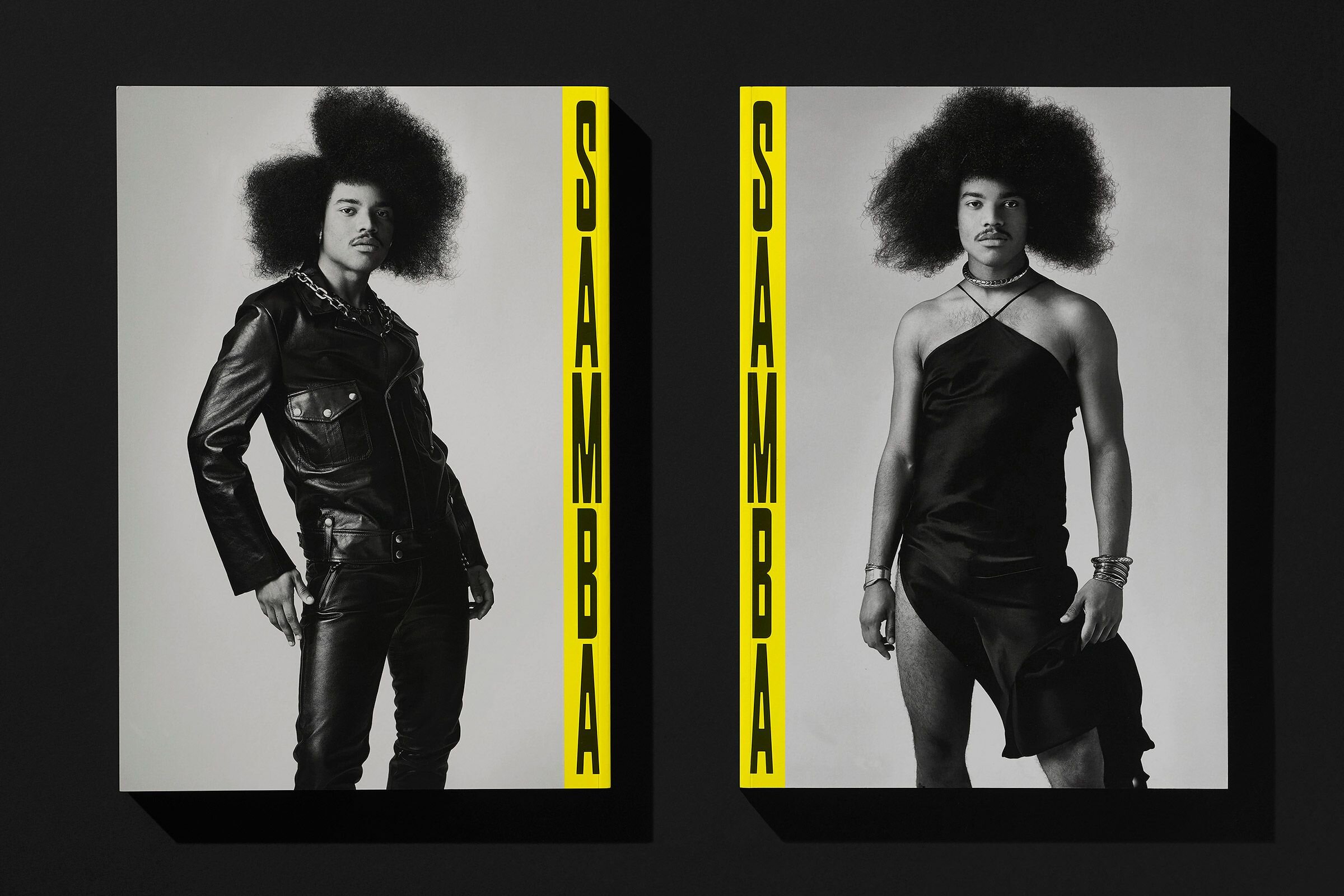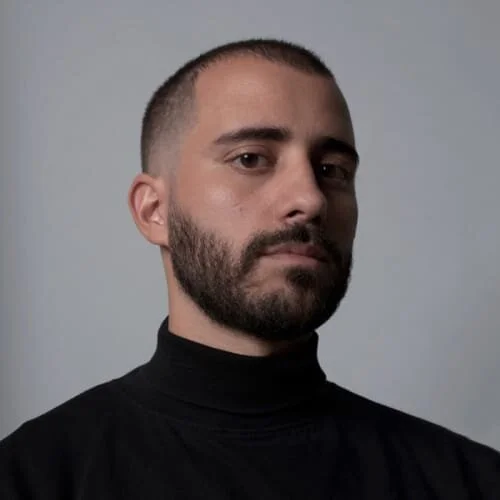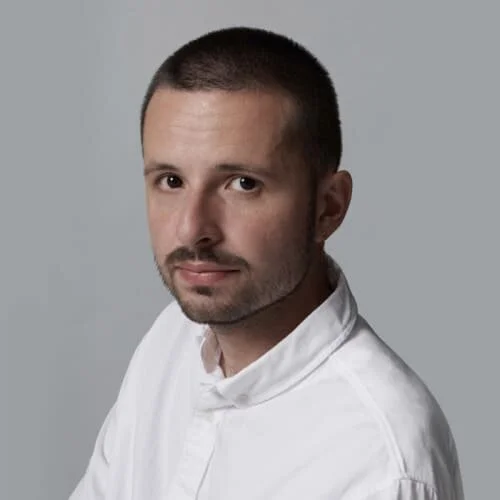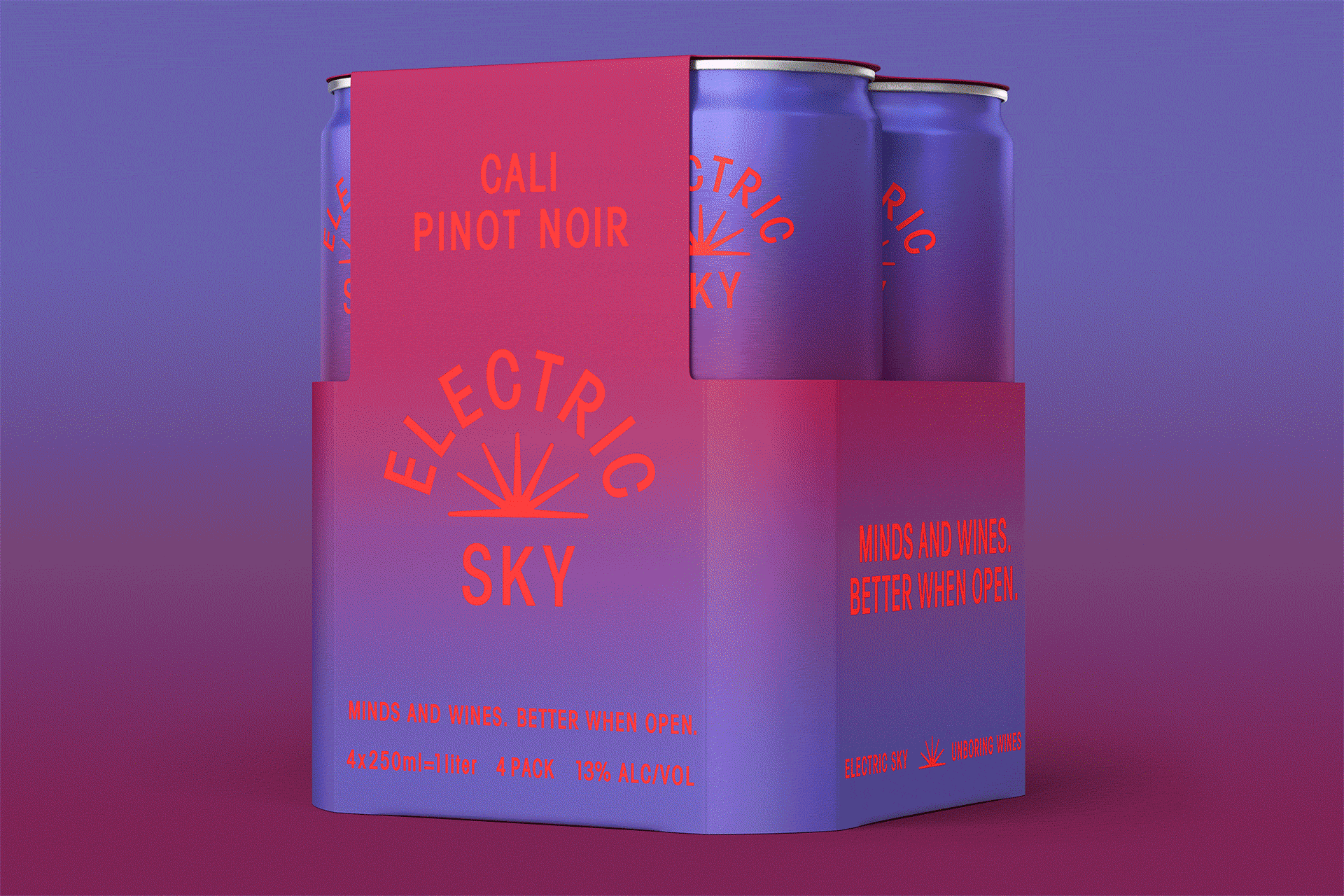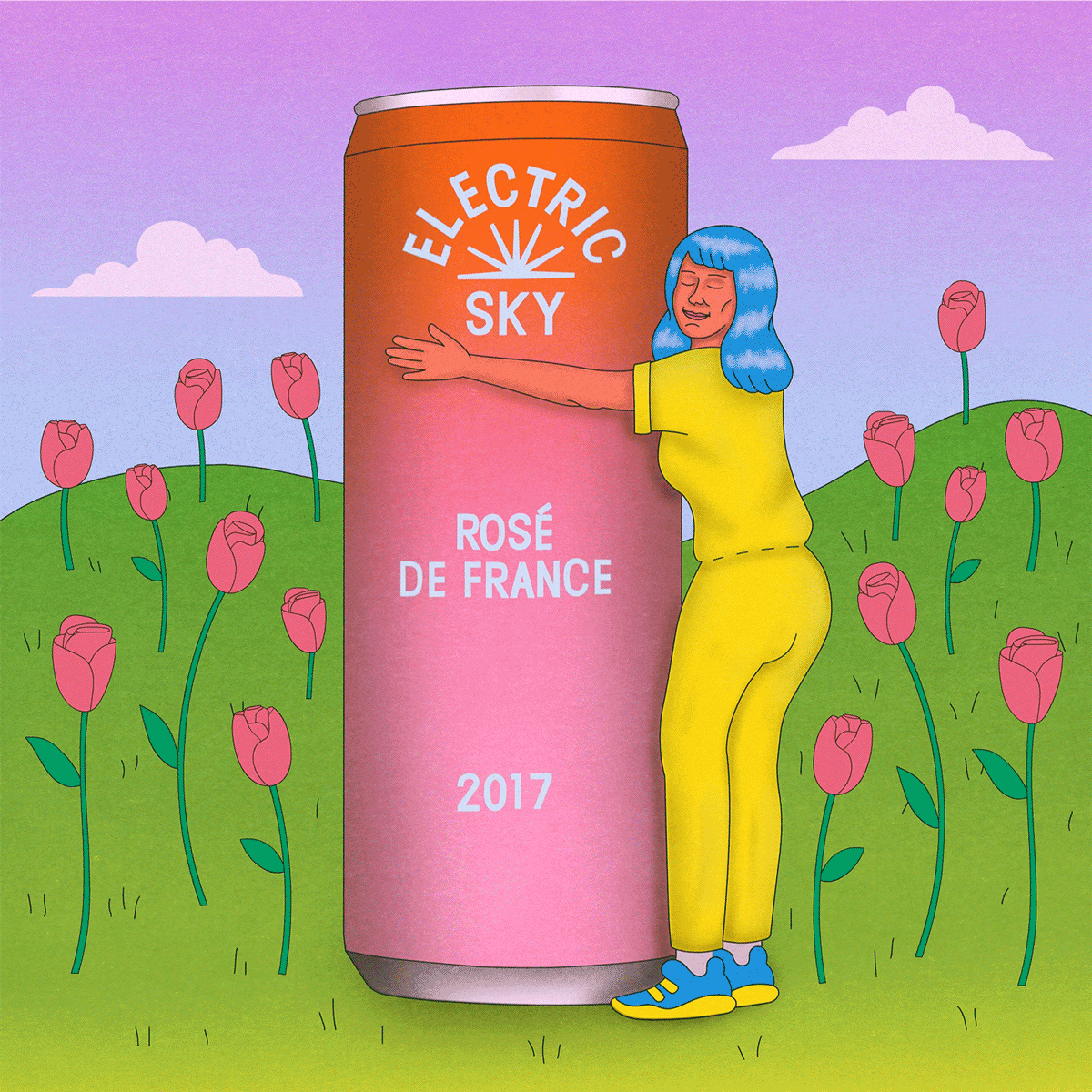The Brazilian Designers Behind Brooklyn Studio Porto Rocha Make Work that Moves at the Speed of Culture
WORKING NOT WORKING
Working Not Working Members Leo Porto and Felipe Rocha, both Brazilian-born designers, recently launched their own design studio, the Brooklyn-based PORTO ROCHA. Partners in both work and life, Leo and Felipe started collaborating back in 2016 and have since launched brands, products, books, websites, campaigns, and experiences for a range of clients.
As the projects have grown more high-profile and complex, they realized it was time to build up a studio, which now has a team of six. PORTO ROCHA's newly launched website pairs past highlights with their latest projects, including a digital identity for Nike’s latest editorial series, a redesign of the iconic modernist Museu Nacional, as well as the editorial design of Samba — a beloved publication honoring voices in Brazilian queer culture. Other clients include Airbnb, Apple, and Harper Collins.
In our conversation below, Leo and Felipe share their joint creative mission. “Both immigrants ourselves, we founded the studio upon the idea that unique and global perspectives are key to creating work that is both innovative and culturally aware. Through PORTO ROCHA, we see an opportunity to help build brands that are in dialogue with the real world.”
They also discuss the creative strengths they admire most in their partner, how they navigate the working / not working balance as a creative couple, how Brazilian identity informs their process, and the kinds of projects they hope to take on as they further establish the identity of PORTO ROCHA.
You've been longtime collaborators. What was the impetus behind finally forming joint studio Porto Rocha? Why now?
Leo: We had been thinking about opening our own studio for a few years before we felt confident enough to actually do it. We started working together in 2016 when Felipe asked me to help him on a freelance project, and that's pretty much how it all started. The project went well and we quickly learned that not only was it possible to be in a relationship and work together, but that we actually pushed each other's work forward.
From then on we started to only take on projects as a duo. It worked well for the first two years or so, but eventually projects got bigger and more complex so we had to start turning them down. That's when we realized the timing was right. It was the combination of both demand and our desire to start our own venture independently that made us confident to take the next step and open our own studio. Once we pulled the trigger, it all came together fast. A month after quitting our jobs we were operating from our studio in Brooklyn with a team of 6.
What are the creative strengths of your partner that you admire the most?
Leo: Besides Felipe's more obvious creative strengths like his eye for design, maybe one thing some people might not know is that Felipe is a great researcher and conceptual thinker. He digs into different universes to make connections between seemingly disparate content, cultures and people, adding great depth to our work.
Felipe: Leo is an amazing designer. He can see the finest details and the big picture at the same time. But besides that (or maybe because of that), he’s also an annoying perfectionist. He always likes to review things a thousand times until it's right. At the end of the day it is something I really admire about him and it shows in the quality of our work. Also, I’m sure in another life he would be an awesome lawyer because he loves a good argument.
“Besides Felipe’s more obvious creative strengths like his eye for design, maybe one thing some people might not know is that Felipe is a great researcher and conceptual thinker. He digs into different universes to make connections between seemingly disparate content, cultures and people.”
Which of your existing projects best epitomizes your collaborative spirit up to now?
It is hard to pick just one project because pretty much everything we've created together up until now has been through collaboration and critical, open dialogue. By constantly bouncing and colliding ideas between ourselves and our team members, we are able to arrive at less expected solutions, faster. Electric Sky is an interesting example of that because it was not only a collaboration between the PORTO ROCHA team, but also many other external creative talents. We took a multi-faceted approach to developing Electric Sky's identity, a truly collaborative effort between different creative minds who were invited to experiment and reinterpret the brand as it came to life. Among some of the many collaborators are artists Ben Sanders and KangHee Kim, photographers Luca Venter and Corey Olsen, illustrators Paul Windle and Kenesha Sneed, as well as musician Leven Kali.
“Leo is an amazing designer. He can see the finest details and the big picture at the same time...He’s also an annoying perfectionist...At the end of the day, it is something I really admire about him and it shows in the quality of our work.”
What are you working on currently? And what kinds of projects do you hope to take on as a studio in the future?
Since we opened the studio we've had the chance to work with a wide range of clients in different industries, from global companies like Apple, Airbnb and H&M to cultural and editorial clients such as Brooklyn Museum, Museu Nacional and Harper Collins.
Among some of the projects that we are working on at the moment are the rebrand of one of the biggest sneaker brands in Brazil, a global project with Apple, and more recently, we've been working with a hospital here in NY to help them with their communication strategy during COVID.
Our goal is to continue working on developing and transforming brands through smart, creative work that people actually want to engage with. As we grow our studio, we want to take on bigger challenges and work with brands and people that recognize the value design can add to their businesses, products and experiences.
How does Brazilian art and culture inform your personal (and collective) aesthetic?
Brazilian culture is ingrained in who we are, but the "how" is a bit harder to articulate. Brazilian identity and Brazilian design is something we've contemplated extensively through our platform called Bonde. And what we've learned is that due to Brazil's multitude of cultural influences, aesthetically, there isn't really one singular notion of what Brazilian design is or isn't. But interestingly enough, Brazilians are known to be good creative problem solvers. There is a mix of creativity and hands-on practicality to how we work that may be attributed to our experiences in Brazil. And it probably comes down to the fact that we come from an environment where you have to work hard and you have to do the most you can with the resources available. In other words, one could argue that the creativity Brazilians are known for stems from the need to find creative ways to work with limited resources.
“Being in a relationship, running a studio together, and now quarantining together has been quite a test. Sometimes it can be tricky to balance both things and there is still room for improvement but overall we do a good job.”
As partners not just in work but in life, how do you find ways to separate working from not working? And has that been harder during quarantine?
Being in a relationship, running a studio together, and now quarantining together has been quite a test. Sometimes it can be tricky to balance both things and there is still room for improvement but overall we do a good job, especially because we are both obsessed with our work but at the same time we like to enjoy life outside of design just as much.
What's the creative mission that you hope to establish in these early days of the studio?
We are a design studio focused on building brands and experiences that remain deeply connected and relevant to the world we live in today. We like to develop creative work that inspires and provokes meaningful change, whether it be through large-scale projects that reach significant audiences or through socially-motivated initiatives.
Both immigrants ourselves, we founded the studio upon the idea that unique and global perspectives are key to creating work that is both innovative and culturally aware. Through PORTO ROCHA, we see an opportunity to help build brands that are in dialogue with the real world. Brands that have a point of view, that are accountable, and that can move at the speed of culture itself.

